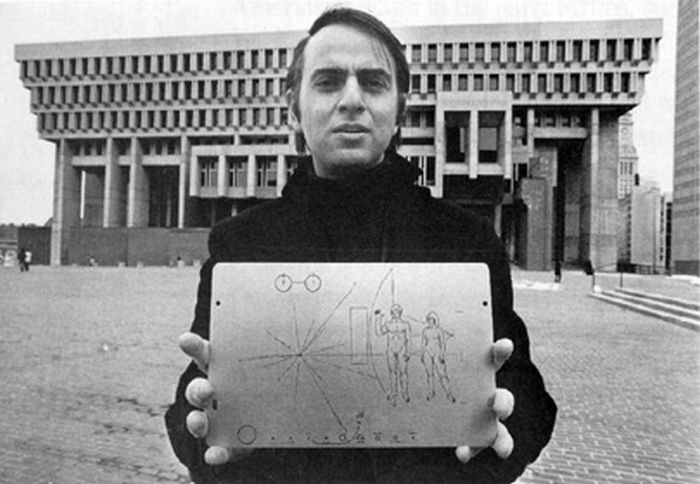|
|
History: NASA Archive Photography
|
Project Mercury was initiated in 1958 and started NASA down the path of human space exploration with missions designed to discover if man could survive in space. Representatives from the U.S. Army, Navy, and Air Force were selected to provide assistance to NASA. Pilot selections were facilitated through coordination with U.S. defense research, contracting, and military test pilot programs. On May 5, 1961, astronaut Alan Shepard became the first American in space when he piloted Mercury-Redstone 3, called Freedom 7, on a 15-minute suborbital flight. John Glenn became the first American to orbit the Earth on February 20, 1962 during the flight of Friendship 7.
At that time the Soviet Union had taken the lead in the space race. In April 1961, one month before Alan Shepard, cosmonaut Yuri Gagarin became the first person in space when he orbited the Earth once in Vostok 1. Further in August the same year, the follower Vostok 2 made a day long orbital flight which led to canceling of additional American suborbital missions; they were no longer enough. Three more orbital flights were made by the Mercury project after Friendship 7, the last in 1963. Three additional orbital flights were cancelled since it was clear that the Mercury spacecraft had reached its limit of staying in space.
The defeat in the first round of the spacerace led to the introduction of the Moon race program, Apollo, in 1961 just after the flight of Freedom 7. However, it was estimated that this could not be done in one step and that further projects in Earth orbit were needed.
- Project Gemini (1962–1966, manned missions from 1965)
|
|









